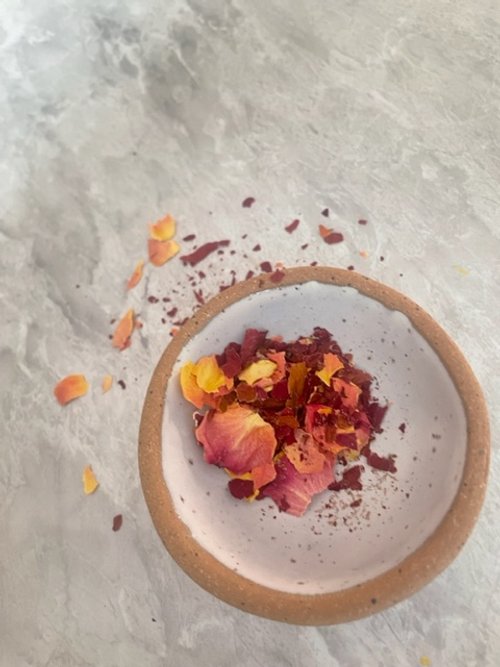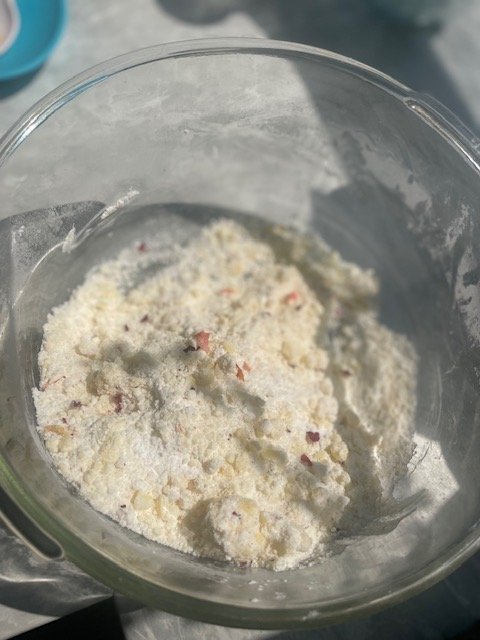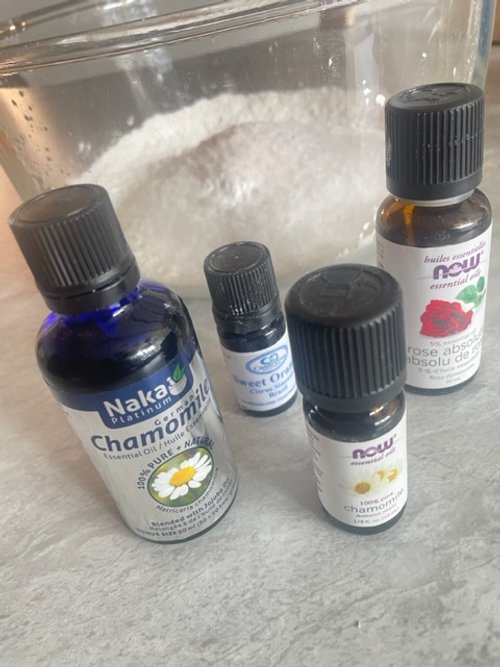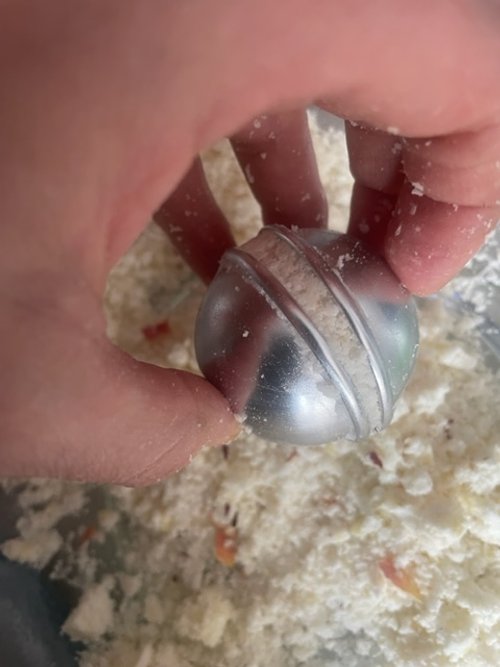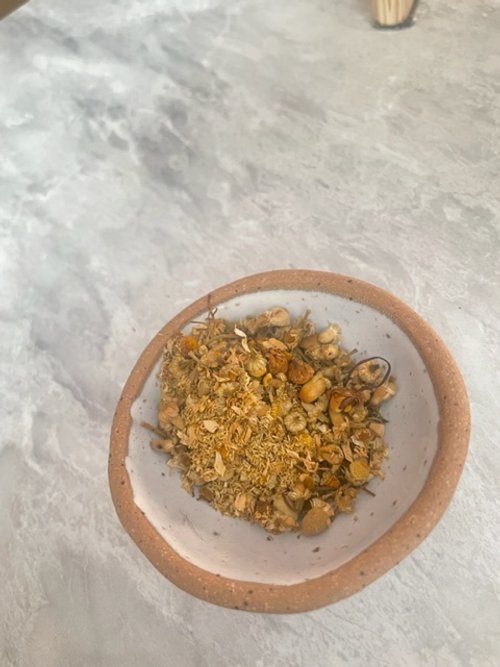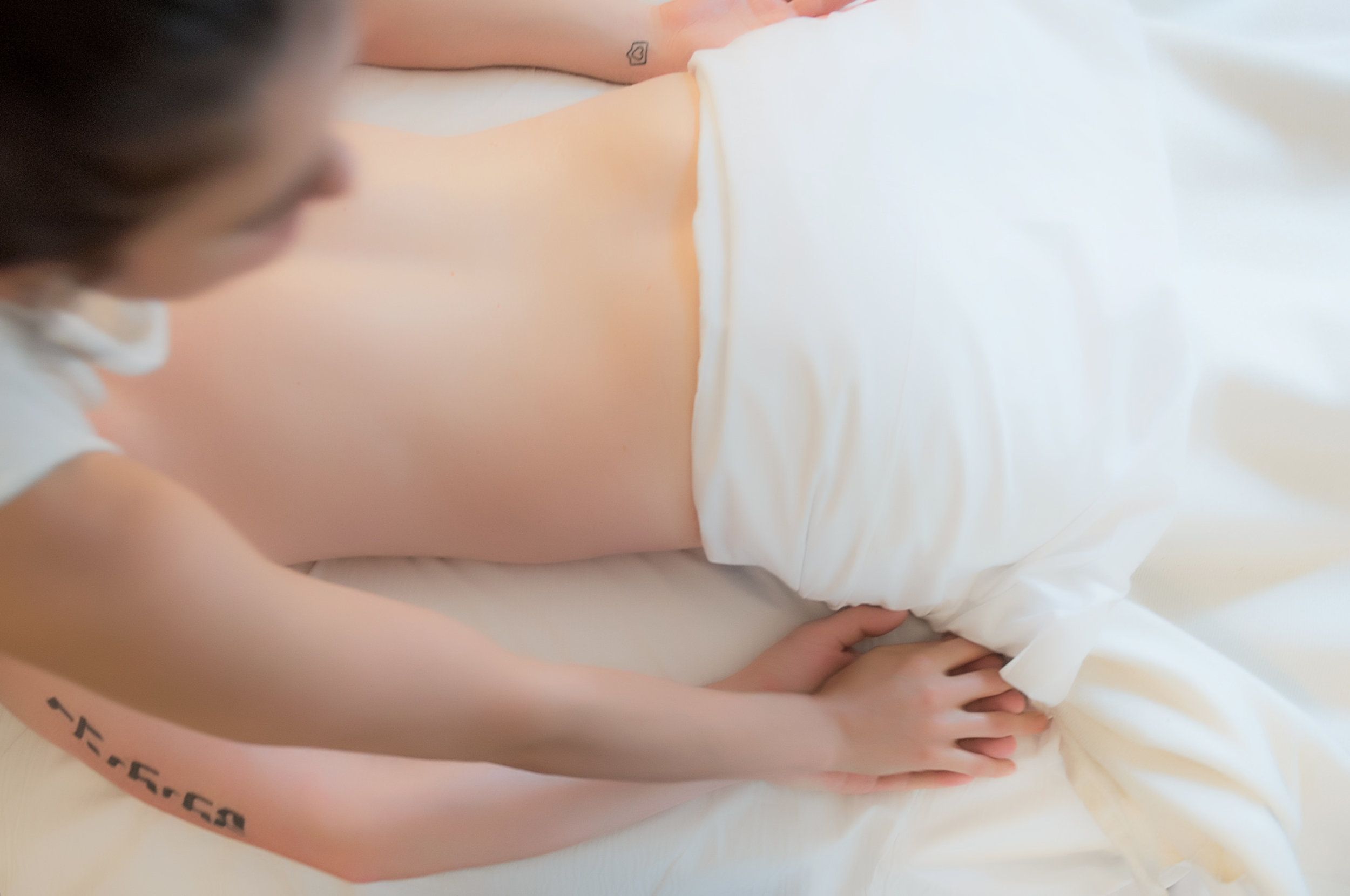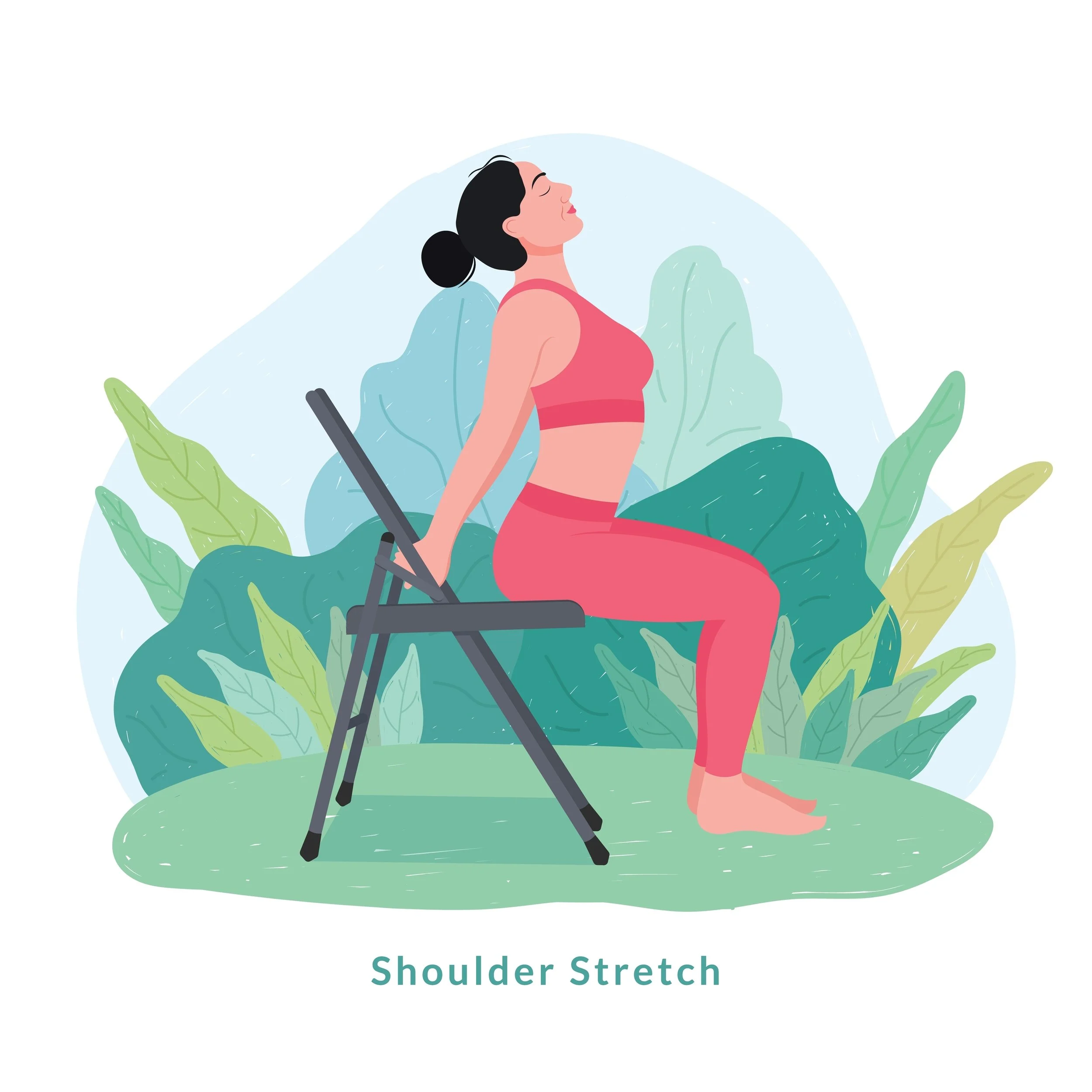The thing I love about running is how accessible it is on any given day to incorporate into your life.
I’ve taken up running at various points in my life and I’m here to tell you that the catharsis is real. Grab yourself some solid sneakers (preferably you have access to a great fitting specialist like the folks at Aerobics First), dress for the elements and then let the gentle pitter patter of your feet on the pavement set pace to move your body and mind through a rhythmic flow of an easy-going run.
Some of the best conditioning I’ve ever been in has included a very simple, 2 sets of 15 minute run/walk sessions a day. I broke it up into a morning and an evening or midday frolic. At this point, I was going through a tough time and breaking up my activity into small amounts throughout the day worked well. Essentially the same amount of time as a coffee break, it was helpful in giving myself an energy & brain boost.
Over the years, I’ve done lots of different types of run training for simply the pleasure of a good run, small races to long distance. Distance run training for a few ½ marathons provided me with a good education on my muscle imbalances and healthy running form. While the beginner runner can deal with a myriad of ‘sore spots’, often the main culprit lay in recovery issues.
Here are some general factors that will influence your running experience:
- Running surfaces. Sidewalks are the worst. Typically the hardest, most dense concrete so if it’s safe do find time on asphalt pavement where traffic is not abundant and if in doubt run in the opposite direction of traffic so you can always keep your eye on what’s ahead. Give yourself access to trail. Not only is it typically easier on your joints, you’ll experience the therapeutic benefits of forest bathing – albeit at a runner’s pace.
- Mind your shoebox! That is…get a good running shoe. If it’s a new shoe for you, spend some time breaking your sneaker in on a treadmill or around the house. When your not running, it’s equally important to select smart footwear that’s not going to squeeze your joints. Your feet are the architectural foundation to the rest of your body so it’s important that they ‘breath’ & feel good before you start loading them with a running activity.
- Dress for the elements. If it’s cold, work with thermal layers and if it’s hot than shorts and a t-shirt should be fine but likely a good, breathable ball cap to protect your head from the sun. If it’s too hot than perhaps keeping your runs to the early morning or late evening will work better. Always, keep yourself visible in low light/dark times of day.
- Get with the program! Or a running group or buddy. Especially if you plan on training for a long distance. The wonderful thing about running is that it can be a lovely solo sport and space in your day to clear your head, but it can also be joyously motivating to share your runs with others. I always prefer to keep at least one of my runs as part of my social calendar during the week.
- Keep it conversational. Most of your runs should get your heart rate up and that’s a great way to massage your cardiovascular system. However, just as massages can be too deep, runs could also strain your cardio system. As a general rule, you should be able to hold a playful conversation with your running buddy during a run. This means your heart is circulating the oxygen effectively throughout your body and your heart muscle is pumping at a good rate. There are specific forms of training that test your lung capacity but those should not be a priority for beginner runners but can be a calculated part of a well established training program.
- Fuel your body wisely. Food is a such a huge component of how we recover from exercise. Making sure your getting all your macro and micro nutrients, staying hydrated and avoiding hyper processed foods is generally just health wise for everybody regardless of their activity level. However, if you’ve increased your activity load and are becoming demotivated, sometimes addressing recovery deficiencies may be more fruitful when analyzing your body inputs, not just your body outputs.
- Listen. I want to approach this from two perspectives. One, if music get’s you going than by all means suit yourself up with your favorite playlist and hit the road. HOWEVER, big disclaimer. Find a little extra zen, allow yourself to just enjoy the sound of the cityscape or landscape. A reason is to simply listen to the sound of your feet. Are you hitting the ground heavy? Are you a loud runner? Can you soften your knees or the strike of your feet to land softer and then maybe, more quietly? Listening to the sound of our steps and the rhythm of our run can be just as effective and helpful at intuitively managing our form.
Technical running training became more of a focus for me when barefoot (minimalist) running became a big trend in the early 2010’s. I was seeing lots of runners in clinic who swore by this form of training but also were coming to me with significant injuries. I had also read Christopher MacDougall’s ‘Born to Run’ and while I was inspired by his story, I was also worried about the repercussions of taking a North American athlete who has not spent too much time in barefeet in general and loading a high demand activity into the soles of their feet and then going back to their office in high heels. You see the dichotomy? We could literally ‘run around in circles’ with opinions on minimalist running so let me just end by saying that minimalist running was good for my massage therapy business! While I’m cautious to suggest this form of training for the general public, I do believe we can still sneak some biomechanical wisdom from this style of running.
Here’s some tidbits of technical running to treasure as you ‘make a run for it’:
-Keep your feet in mind. Do my feet feel heavy? Where am I landing? Your strike should land somewhere between your mid to forefoot and avoid strike first with your heel at all costs. Striking with your heel brakes your momentum and needlessly loads more joints, more intensely.
-Keep your knees soft. After your feet, your knees are your first point of shock absorption. There is something known as ‘runner’s knee’ which more often has more to do with muscles in the hips than what is actually happening at the knee, but I digress.
-Keep your pelvic and core engaged. Good running form will have you in a state of ‘almost falling forward’. This keeps you on your mid to forefoot and most importantly forces some core engagement so you do not in fact actually fall forward. If you have any hip pain or lower back discomfort you may want to pay particular attention to this area. It may also be helpful to see a pelvic floor physiotherapist or train with a pilates teacher for better kinetic understanding.
-What to do with your arms? Keep your shoulders relaxed and avoid twisting your arms across your body. This wastes energy and loads the wrong kind of tension in your body. Generally, rest your arms at 90-110 degrees of flexion and keep your hands relaxed. If you notice your upper back or neck is building up tension than you may want to observe your arm swing or slow down your pace. If your pace is too much, you will breathe harder from your apical muscles of respiration (chest and neck muscles) and lose value from the work of your diaphragm.
Running has always been this safe space to return to for my need to find adventure, mix in physical diversity to my exercise routine and clear out my cluttered headspace. I hope you find a joyous and gentle bounce to your run that brings a little bliss every time you set out in movement. In the long run, ‘motion is only lotion’ if we find a healthy stride that helps us enjoy life’s pace on trail & off.


